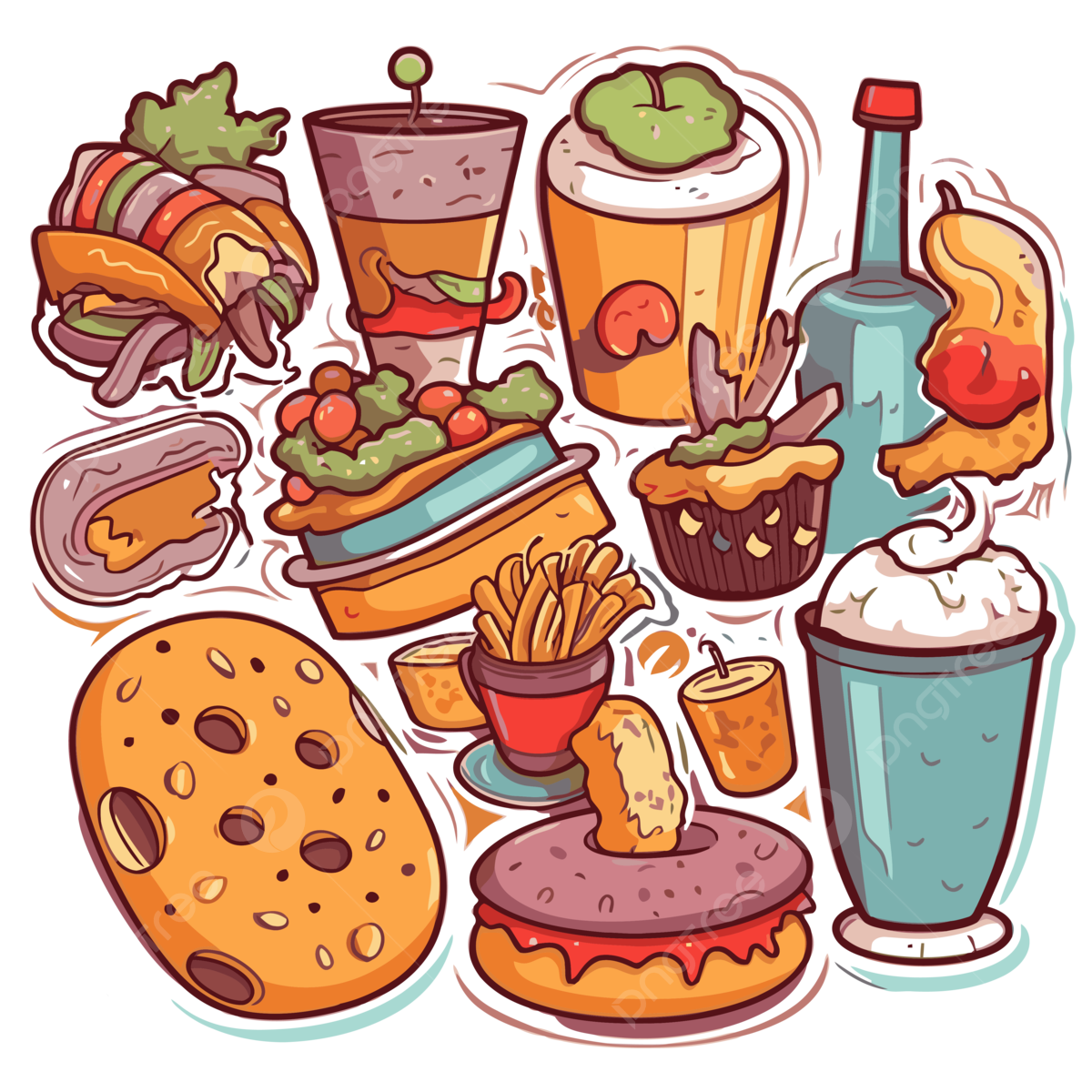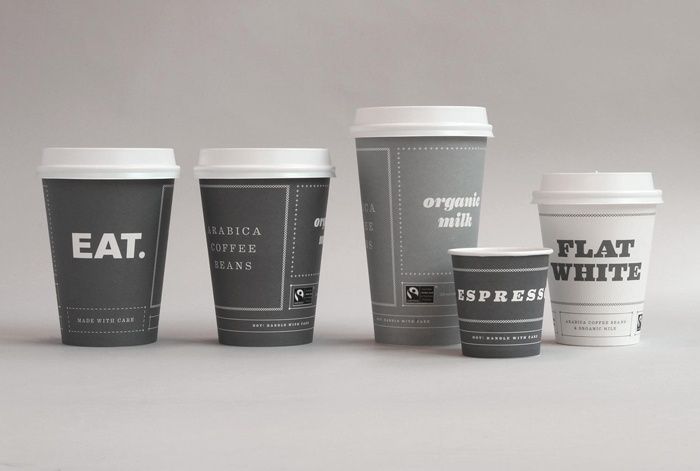In a fast-paced world driven by visuals and instant gratification, food isn’t just about flavor anymore—it’s about presentation, experience, and storytelling. As dining becomes more immersive and expressive, the role of art in culinary presentation has grown significantly. One of the most captivating trends bridging food and creativity is food menu illustration—the art of turning dishes into drawings. Among the many artistic approaches, “The Sketchbook Menu” stands out as a unique concept that merges traditional sketch artistry with culinary identity.
What Is a Sketchbook Menu?
A Sketchbook Menu is an illustrated menu that resembles pages of an artist’s sketchbook. It features hand-drawn depictions of food items, ingredients, utensils, and often, handwritten typography that brings a personal, whimsical charm to the dining experience. Unlike generic menus with printed text and photographs, a sketchbook-style menu offers a tactile, emotional experience. It evokes warmth, creativity, and nostalgia—qualities that instantly connect with customers.
These illustrations often balance detail and abstraction, guiding diners through visual storytelling rather than simply listing ingredients. Whether it’s a steaming bowl of ramen drawn in black ink or a colorful watercolor dessert platter, these menus bring dishes to life before they even reach the table.
Why Food Menu Illustration Matters
The practice of food menu illustration is more than an aesthetic decision—it’s a branding tool. In a competitive culinary market, restaurants must differentiate themselves not just with food but with atmosphere and identity. Illustrated menus allow eateries to express personality and culture in a way that digital designs or stock photos cannot.
Restaurants known for artisanal food, cozy interiors, or a family-run heritage particularly benefit from this approach. A rustic café with a hand-drawn menu instantly communicates comfort, authenticity, and attention to detail. An upscale bistro, on the other hand, might use refined ink sketches to convey elegance and sophistication.
Moreover, illustrations eliminate the issue of misleading food photos—what you draw is how you interpret the food, not an overly edited or stylized picture. This builds trust while leaving room for imagination.
The Creative Process Behind a Sketchbook Menu
Creating a sketchbook menu requires more than just drawing skills—it involves collaboration between chefs, designers, and sometimes even branding experts. Here’s how the process typically unfolds:
- Concept Development
The first step is aligning the artwork with the brand’s identity. Is the restaurant fun and quirky? Minimalist and refined? Cultural and traditional? The art style must reflect that. - Dish Selection
Not all items on a menu may be illustrated. Often, signature dishes or category highlights are chosen to be drawn. This helps in storytelling and maintaining a clean design. - Sketching
Artists begin with pencil or ink sketches of the dishes, either based on actual plating or chef’s descriptions. Some even watch the cooking process to understand textures and presentation. - Color & Medium Choice
Watercolors are popular for their fluidity and softness, but digital sketching is also common. Some menus retain the raw, monochrome look to emphasize the “sketchbook” aesthetic. - Typography & Layout
Handwritten fonts or custom calligraphy enhance the authenticity. Placement of illustrations alongside text is critical—it must guide the eye without overwhelming. - Printing & Presentation
Finally, the menu is printed on textured paper or faux-notebook backgrounds to complete the sketchbook feel.
The Emotional Impact of Illustrated Menus
Illustrated menus don’t just inform—they delight. There’s a playful, almost childlike wonder in flipping through a menu filled with hand-drawn elements. It encourages diners to slow down and appreciate not just what they eat, but how it’s presented.
For many, the sketchbook menu becomes a part of the memory of the meal. Tourists, in particular, are known to photograph or even take menus as souvenirs when illustrations are involved. This strengthens emotional branding and encourages word-of-mouth marketing.
Additionally, food illustrations often appeal across language barriers. In multicultural or tourist-heavy areas, drawings can explain dishes more clearly than text. A diner may not know what “Okonomiyaki” is, but a whimsical sketch can evoke curiosity and appetite.
Popular Styles in Food Menu Illustration
There’s no one-size-fits-all when it comes to illustrated menus. Here are a few popular styles:
- Vintage Sketches: Inspired by old recipe books with fine ink lines and classic fonts.
- Watercolor Paintings: Soft hues that mimic real food with an artistic twist.
- Minimalist Line Art: Clean, modern look with monochrome outlines.
- Cartoon/Whimsical Art: Exaggerated, fun depictions perfect for family restaurants or dessert cafés.
- Botanical & Ingredient Focused: Featuring raw ingredients in detailed illustrations to showcase freshness and transparency.
Each style creates a different mood, allowing restaurants to fine-tune how they are perceived.
Real-World Examples
Many global establishments have embraced the sketchbook menu format. For example:
- A French patisserie in Paris features a hand-drawn chalkboard menu that changes daily, illustrated with croissants and coffee cups.
- A Japanese izakaya in Kyoto presents its seasonal dishes on a watercolor scroll menu, each dish beautifully illustrated with brushstrokes.
- A vegan café in California uses botanical-style drawings of ingredients next to each meal, reinforcing their farm-to-table message.
These examples prove that food menu illustration isn’t just a design trend—it’s a storytelling technique that connects directly to the diner’s senses and emotions.
The Rise of Digital Sketchbook Menus
With the rise of tablets and digital screens in dining, some restaurants are even combining hand-drawn elements with interactive menus. Scanned illustrations can now be animated or enhanced digitally to maintain that artistic touch while offering modern conveniences like language translation, dietary filters, and clickable ordering.
Even food delivery apps and QR-code menus are getting an illustrated upgrade, with restaurants choosing to showcase



